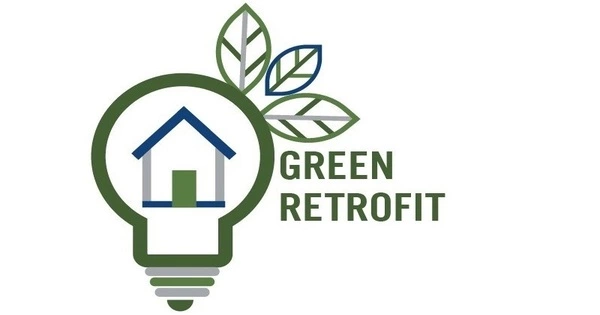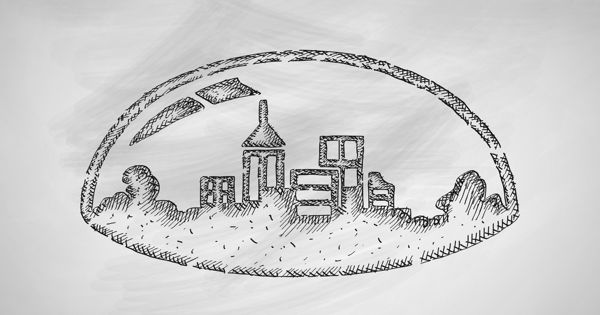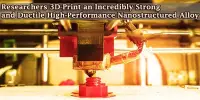A green retrofit is any renovation of an existing facility that tries to lower the building’s carbon footprint and environmental impact. It refers to the process of improving existing buildings, infrastructure, or systems to be more ecologically friendly and energy efficient. enhancing the energy efficiency of HVAC and other mechanical systems, enhancing the quality of insulation in the building envelope, adopting sustainable energy generation, and seeking to improve occupant comfort and health are all examples of this.
The purpose of a green retrofit is to reduce a building’s environmental effect while also boosting its energy efficiency, comfort, and overall performance. This concept is especially important in the context of combating climate change and lowering carbon emissions from the built environment.
Green retrofits have grown in popularity as they have been included in a number of building rating systems, including the USGBC’s LEED for Existing Buildings: Operations & Maintenance, Passive House EnerPHit, and Green Globes for Existing Buildings. As existing buildings account for the bulk of operational buildings and have been identified as a significant area of attention in the battle against climate change, several governments provide assistance for green retrofits.
Here are some common features and practices associated with green retrofits:
- Energy Efficiency: Upgrading insulation, windows, and doors to improve thermal performance, installing energy-efficient lighting and HVAC systems, and using smart controls and sensors to optimize energy use.
- Renewable Energy: Incorporating renewable energy sources such as solar panels or wind turbines to generate on-site clean energy and reduce reliance on fossil fuels.
- Water Efficiency: Installing low-flow fixtures, rainwater harvesting systems, and greywater recycling to reduce water consumption.
- Indoor Air Quality: Enhancing indoor air quality by using low-VOC (volatile organic compound) materials, improving ventilation systems, and controlling humidity levels.
- Material Selection: Choosing sustainable and eco-friendly building materials, such as recycled or reclaimed materials, to reduce the environmental footprint of the retrofit.
- Waste Reduction: Minimizing construction waste by recycling or reusing materials during the retrofit process.
- Green Roofing and Walls: Incorporating green roofs or walls with vegetation to improve insulation and reduce urban heat island effects.
Certifications and Standards
Seeking LEED (Leadership in Energy and Environmental Design) or BREEAM (Building Research Establishment Environmental Assessment Method) certification to verify the retrofit’s sustainability and performance.
Green retrofits are critical for reducing the carbon footprint of existing buildings and infrastructure, as the operation of existing structures accounts for the majority of carbon emissions in many industrialized countries. These retrofits can help to a more sustainable and environmentally friendly built environment by applying sustainable practices and technologies.
















